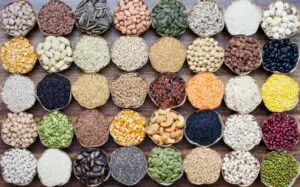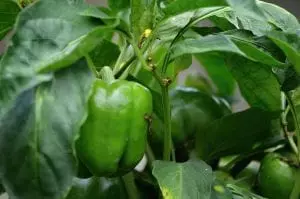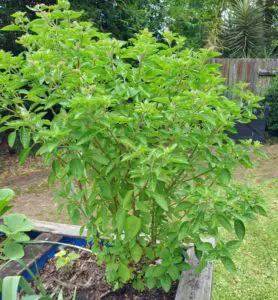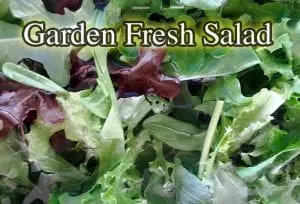Heard of the saying, see the forest for the trees? Well, how about see the animals for the vegetables..?
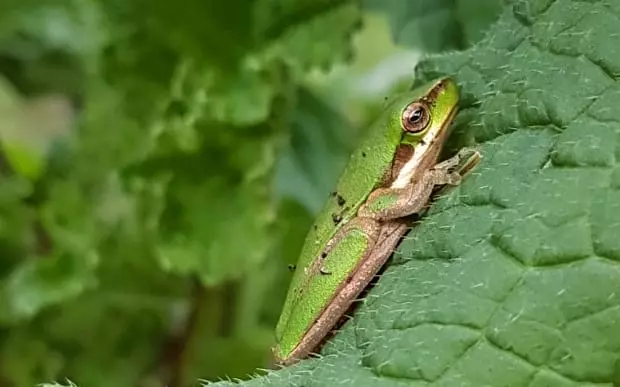
Frog on a radish leaf in a raised garden bed (image above)
And I'm not just talking about pests either because whilst most gardeners look for pests when they inspect their plants it's often the good animals that are overlooked. Animals like assassin bugs, hover flys, predatory mites, lacewings, ladybugs, frogs, bees, and much more are sometimes difficult to see in the garden because of camouflage and lack of numbers.
Think of beneficial animals in the vegetable garden as lions in the savanna – the large herds of impala are easy to see but the much smaller groups of predators are a lot harder to spot because there's less of them. So not seeing the predators or beneficial animals in the garden doesn't mean they're not there it just means you haven't seen them!

The same radish plant as the first pic (image above)
Therefore, that's why reaching for the spray gun at the first signs of a pest outbreak is not necessarily a clever thing to do and holding back on the chemicals could actually be the prudent option. Imagine if a small garden frog or lacewing bug had their sights set on a caterpillar or aphid and just before they gobbled these pests up someone comes along spraying chemicals. Not only does the frog and lacewing go away hungry but they might also die and as a result leave your garden even more vulnerable to pest outbreaks!
When I first started food gardening I was really diligent when it came to eliminating pests from our vegetable patch but as I became more experienced and closely observant – intrigued – with the biology and relationships of plants, animals, etc I understood that doing nothing (with respect to pest control) was often the best policy.
Inaction on pests in the garden doesn't mean laziness and it's certainly not a defeatist attitude either, moreover, it's a strategy to combat the baddies that attack our valuable plants using nature as our friend in battle.

Hover flies (image above) love vegetable flowers like this bok choy. They lay their eggs near aphid colonies where the hatching larvae feed on them.
Yes I know there are certain instances when we need to act immediately in order to limit the damage done by pests in the garden such as a cluster of caterpillers on a head of cabbage almost ready to harvest but I hesitate when I come across a few aphids on a citrus leaf. In the later case, I prefer to "monitor" the outbreak and only do something about it if over several days or weeks the pests keep multiplying without impediment and even then I try to use a physical method of control like killing pests with my hands rather than spraying with an organic chemical (I never use inorganic potent pesticides).
I've found the "wait and see approach" to pest management in our vegetable garden and orchard works better than the "spray at first signs of a pest outbreak" method. The indiscriminative spraying in the home garden only perpetuates a vicious cycle of pest build-up vs chemical warfare, which isn't healthy for the backyard ecosystem or the back pocket as far as costs are concerned.
Walk through our food garden at any time and you'll see plenty of mini pest outbreaks but if you stop and look even closer you'll also notice that our backyard is full of beneficial animals feasting and enjoying the environment we've created in the backyard.

Frog sits next to radish root (image above)


